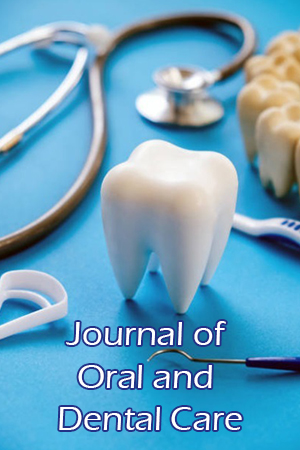Nerve Injuries in Dentistry: Lingual Nerve
Carmen López Carriches, Luis Alberto Moreno-López, Ricardo Bahram-Taheri, José Francisco, Martín-Morales, Mª Isabel Leco-Berrocal.
Objectives: The aim of this review was to analyze the incidence of injuries of the lingual nerve due to third molar surgical extractions. The most relevant etiological factors, diagnostic methods and mean recovery periods were analysed. In addition, different therapeutical approaches were described. Material and Methods: Literature was selected through search of PubMed, Embase and Cochrane electronic database. The keywords used for search were lingual nerve damage, nerve damage and medical treatment. The search was restricted to English language articles. Results and Discussion: In total 42 literature sources were obtained and reviewed. The lingual nerve course is highly variable in the vertical dimension. In addition, often the nerve path is submucosal, in contact with the periosteum. Due to these anatomical relationships, the lingual nerve is very vulnerable when performing surgical procedures in the posterior area of the jaw such as the extractions of lower third molars, the placement of implants, removal of cysts and inferior alveolar nerve block procedures. Possible loss of lingual sensation is a complication that surgeons must be aware of. This complication causes physiological and psychological disorders in the patient. A full anatomical knowledge of the area is fundamental to prevent this event. The most common clinical outcome is an initial period of anesthesia that gives way to a series of symptoms that can last for months or years after treatment. Conclusions: A full knowledge of the anatomy of the lingual nerve is essential as a first step for prevention.

